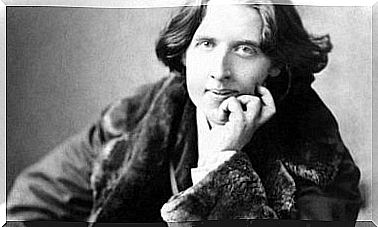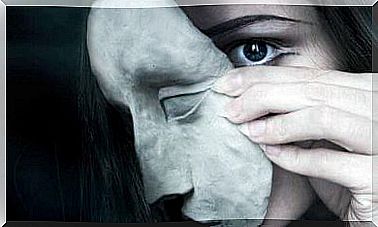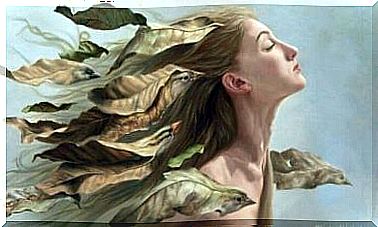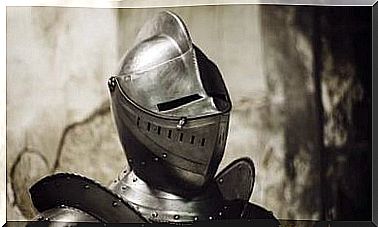Ferdinand Magellan: The Biography Of An Epic Traveler
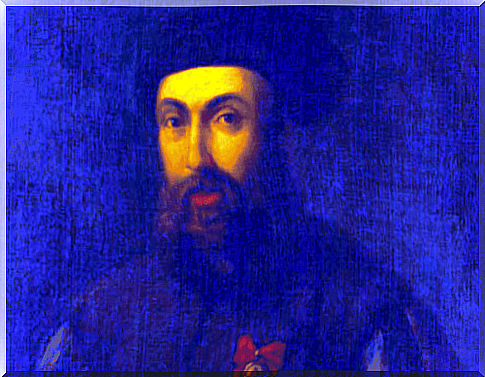
Ferdinand Magellan was the man who invented and performed the first circumnavigation. He had to have a lot of courage to take such a journey because there was no way he could know what was in store. His journey was truly a great achievement.
2019 marks 500 years since this first trip around the world led by Ferdinand Magellan. He let intuition lead the way. During his time, no one was sure if there was a passage between the Atlantic and the Pacific in South America, but Magellan believed that there had to be one.
Although Magellan was unable to complete this attempt to sail around the world, he came really close. In the end, it was not the sea that stopped him. It was his untimely death after a life full of daring adventures.
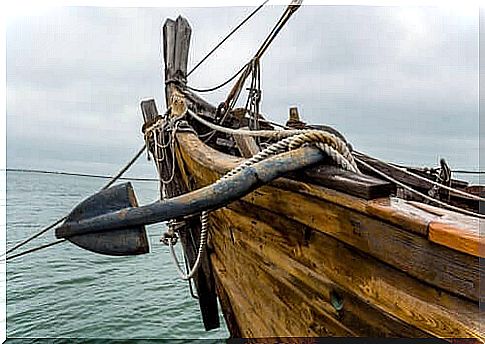
Ferdinand Magellan’s early life
Magellan was born in Porto, Portugal, in 1480. He was the son of nobles, which led to a high-quality education, where he mostly studied cartography and navigation. During his studies he lived in Lisbon. He also began to travel at an early age.
As a 25-year-old, he went to India. He went on many other journeys after that. It was during one of these that he bought a slave: Enrique of Malacca. Many said he was actually the first person to travel the world. Because, unlike Magellan, he eventually returned to Europe during this journey.
At one point, Magellan traveled to Morocco, where he was injured in the foot during a blow. When he returned to Portugal, he fell out of favor with King Manuel I. That excitement made him try his luck in Spain. Once there, he got Carlos I to authorize him to sail to India.
An epic voyage
August 10, 1519 Ferdinand Magellan began his voyage. He had five ships under his command: Trinidad, San Antonio, Concepción, Victoria and Santiago. His crew was composed of 270 men.
His expedition took him along the northern coasts of Africa down to Sierra Leone. Then he headed west and ended up on the coast of what is now Rio de Janeiro. Later he met the Río de la Plata, which he mistakenly thought was the passage he had a clue about. He was extremely disappointed to discover that was not the case.
Finally, he made his way to San Julian’s Bay in the middle of winter. He decided that they would wait there until the weather improved because morale was low. The captains of his various ships planned a mutiny against him. However, he discovered them in time and decided to dismiss some of them and leave their fate to someone else.
A dream come true
In the spring of 1520, they managed to start again and ended up finding the passage he had dreamed of for so long. There it was: The fastest way to the “South Seas”, which was what people called the Pacific at the time.
Crossing the vast sea had been an absolute torture, but on the other hand the sea was calm. This is where it got the name “Pacific”. The funny thing is that it is actually the most raging sea on earth. Historians say that Magellan cried with joy when he saw the sea look so calm.
This strait was named after Magellan. From there he sailed north along the Chilean coast. Then they went out again into the open sea, and went further west.
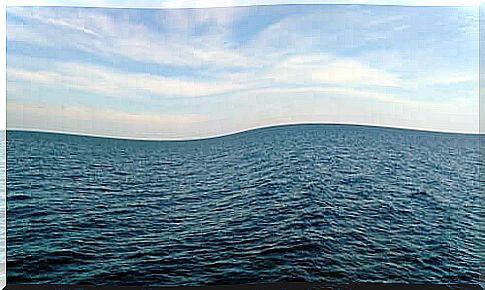
Ferdinand Magellan’s last achievement
Unfortunately, things got complicated. The crew had little food and water. Antonio Pigafetta, a historian on the expedition, described it this way:
“The bread we ate had turned into a cloud of dust full of worms that had consumed all substance. It also had an unbearable stench because it was full of rat urine. The water we drank was stagnant and smelly. The only way for us not to starve was to eat the leather on the mast. ”
But they ended up getting to Thieves Island, probably what is now known as Guam. They were able to stock up on food and water. When they were ready, they went out again and found another archipelago which they called “the Philippines” in honor of King Felipe II of Spain.
The natives of the islands were opposed to the sailors being there, and fought bloody battles against them. It was in one of these battles that Ferdinand Magellan died in 1521. The achievement of sailing around the world had to be completed by the surviving crew. Death prevented him from achieving his lifelong goal.






